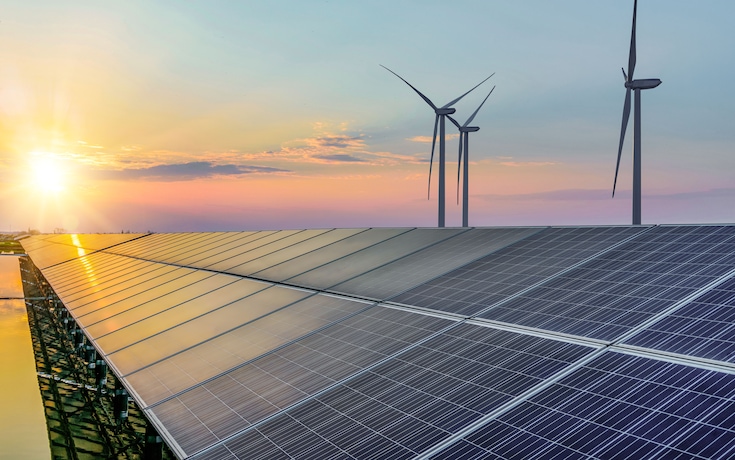Hydrogen Applications
As the world unfolds the full potential of the lightweight gas, the scope for its application increases beyond its traditional uses.

Power-to-X (P2X) technologies provide solutions to these challenges by offering methods to convert renewable electricity into energy carriers. P2X refers to technologies that use electricity from fluctuating renewable energy sources to synthesize gaseous hydrogen or hydrocarbons. Like electricity, hydrogen is an energy carrier - not a source of energy. It must therefore be produced.
Hydrogen offers several key benefits that increase its potential to replace fossil fuels. And hydrogen is versatile to use: It can be converted back to power, but can also be used as fuel for cars, a material for many industrial products (such as hardened fats) or even be converted to synthetic natural gas. Hydrogen makes all these markets accessible for renewable power. Green hydrogen produced via electrolysis can be transported via the natural gas grid or used to power fuel cell electric vehicles. The green hydrogen can also be provided to the chemical industry as a key feedstock material for many applications or converted to synthetic natural gas.
Energy storage is a necessary building block for realizing and operating energy systems with high penetration of renewables. Government agencies, researchers and industry are working together to develop a framework for the deployment of energy storage and advancing technology development and demonstration, in order to make energy storage economically viable by the end of the decade.
Hydrogen is the most versatile means of energy storage as it can be stored in many different ways: from a few grams in handheld cartridges to thousands of tons in an underground cavern. This gives hydrogen the unique potential to store renewable energy both on small and very large scales, for a very long time. It can also be transported over long distances, from regions with an abundance of renewable energy to regions that need to use it.
With our vast experience in producing and handling hydrogen and our participation in leading P2X projects, Linde is among the frontrunners enabling renewables through hydrogen energy storage.
At the Berlin airport, Linde, together with Total, McPhy and Enertrag, implemented a versatile hydrogen energy storage project. Using wind and solar power, green hydrogen is produced in a 500 kW electrolyzer, then compressed and stored in order to be used for refueling at the Total Multifuel Station and for power generation in a combined heat and power plant. The hydrogen can also be filled into trailers to be delivered to other refueling stations and consumers in the vicinity. The project is funded by the German Federal Ministry of Transport and Digital Infrastructure.
At a location south of Mainz, Linde is realizing the world's first multi-MW hydrogen energy storage project based on advanced PEM Electrolyzer and Ionic Compressor technology. Up to 1,000 kg hydrogen are stored on-site to be filled into trailers or injected into the natural gas grid. Our project partners are Stadtwerke Mainz AG, Siemens AG and Hochschule RheinMain. The project is funded by the German Federal Ministry for Economic Affairs and Energy.
Linde is part of the AquaVentus initiative, which targets a yearly production of approximately 1 million tons of green hydrogen from offshore wind by 2035, on the island of Helgoland, Germany. Wind turbines will be used to produce zero-carbon hydrogen, which will then be transported through pipelines to the mainland to power homes.
Electrolysis for green hydrogen